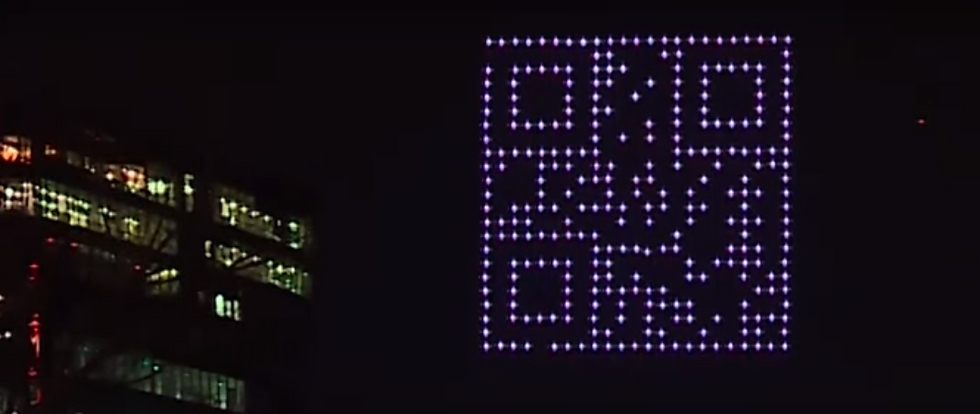Top-10 Ways to Cash-In $ on your Drone Purchase
- Vincent Socci

- Apr 2, 2023
- 3 min read
For the past 20 years, I have been working with unmanned aerial vehicles (#UAVs), from flight controls development to power and communication systems, to useful applications. I've had the privilege of sharing my drone research and training with many people through the #IEEE Distinguished Lecturer Program. We will have another discussion in Boston later this month. Join us at https://ieeeboston.org/event/distinguished-lecture-new-drone-operations-uav-technology-regulations-and-applications/?instance_id=3419.
Each time I present this lecture, I undoubtedly get a very common question. Drone enthusiasts who recently slapped a thousand dollars on the counter at Best Buy, Amazon, or other #drone retailer want to know how they can start making money with a drone business. I first caution that you will need to pay attention to licensing regulations and operating rules. You are not a hobbyist if you are charging money, so behave with the professionalism of a business owner. That includes licensing, insurance, and a trained crew.

Then comes the real question behind the question. What applications can reel in the most dough? Again, there are a lot of "it depends" clarifications needed. You can get big bucks filming globally-acclaimed drone footage used in an Academy Award-winning film. But how often is that going to happen? Or, you can do some real-estate footage to make a few bucks many times over. Having a good word processor doesn't make you a good writer. Nor does having a good drone make you a good drone pilot. Choose applications compatible with your skillset.
The most appealing applications vary greatly, but several rise to the top repeatedly. There are many profitable drone-based businesses that have emerged in recent years. Here are ten examples:
#Aerial photography and videography: Drones equipped with high-quality cameras can capture stunning aerial images and videos for various clients, such as tourism organizations, real estate agents, construction companies, and event organizers.

#Agriculture: Drones can be used to monitor crop health, analyze soil conditions, and spray crops with precision. This technology can help farmers increase yields and reduce costs.

#Inspection services: Drones can be used to inspect infrastructure such as bridges, wind turbines, and power lines. This can help identify maintenance needs and reduce safety risks for workers.

#Search and rescue: Drones equipped with thermal imaging cameras can aid in search and rescue missions, helping locate missing people or animals in remote or hazardous areas. This is one where the pay may not be great, but the reward can be priceless.

#Surveying and #mapping: Drones can create highly detailed 3D maps of terrain, which can be used for construction planning, environmental monitoring, and other applications.

#Delivery services: Drones can be used to deliver packages and other goods to remote areas or locations that are difficult to access by traditional means. (Image: unmannedairspace.info)

#Wildlife conservation: Drones can be used to monitor wildlife populations, track migration patterns, and deter poachers. (Image: airbornedrones.co)

#Advertising: Drones equipped with LED lights can create impressive aerial displays for nighttime events or advertisements.

#Roof inspections: Drones equipped with cameras can provide detailed images of roofs for insurance companies and contractors, allowing them to assess damage and plan repairs.

#Emergency response: Drones equipped with medical supplies or communication equipment can provide assistance in emergency situations, such as natural disasters or accidents.

Who knows? I may have a few others at the top of my list when we meet in Boston. Drone applications are prevalent enough that there are always some new ideas coming to the table. There are always new applications we throw into our unmanned air system #UAS toolbox.

Technology in good hands, can do amazing good things.



Comments